####5. An circuit is equivalent to a damped pendulum. In an circuit, the capacitor is charged to and then connected to the and as shown.
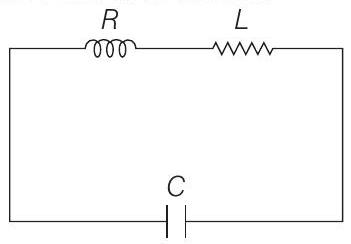
If a student plots graphs of the square of maximum charge on the capacitor with time for two different values and of , then which of the following represents this graph correctly? (plots are schematic and not drawn to scale)
(2015 Main)
(a)
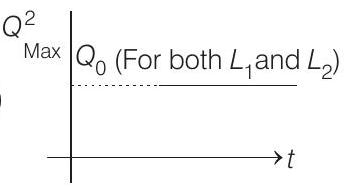
(b)
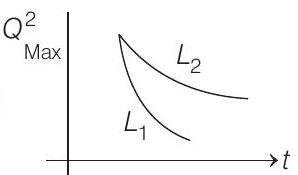
(c)

(d)
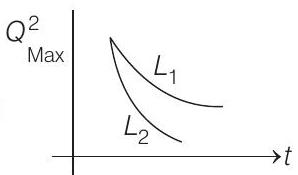
Show Answer
Answer:
Correct Answer: 5. (d)
Solution:
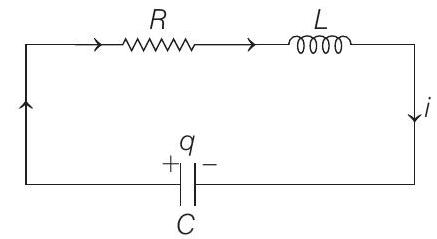
At a general time , suppose charge on capacitor is and current in the circuit is , then applying Kirchhoff’s loop law, we have
Putting
In the above equation, we have
Comparing this equation with the standard differential equation of damped oscillation,
Which has a general solution of amplitude, The general solution of Eq. (i) will be
Hence, versus time graph is exponentially decreasing graph. Lesser the value of self inductance, faster will be the damping.












